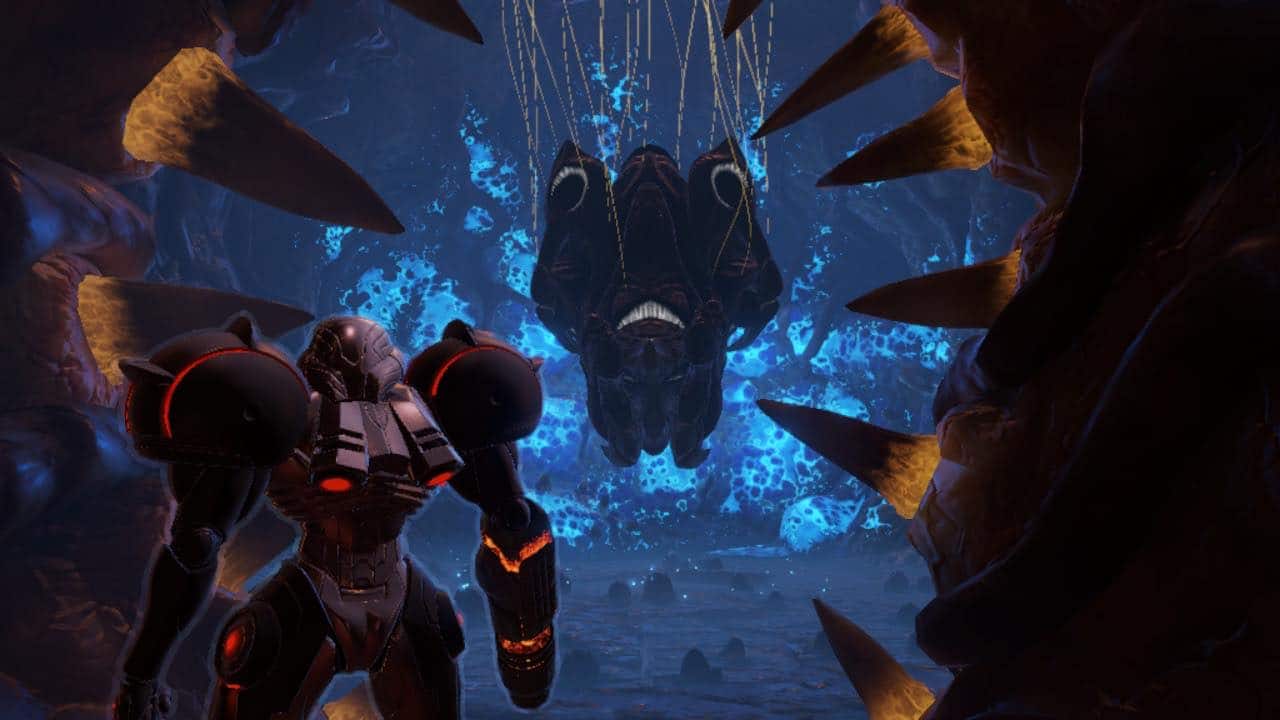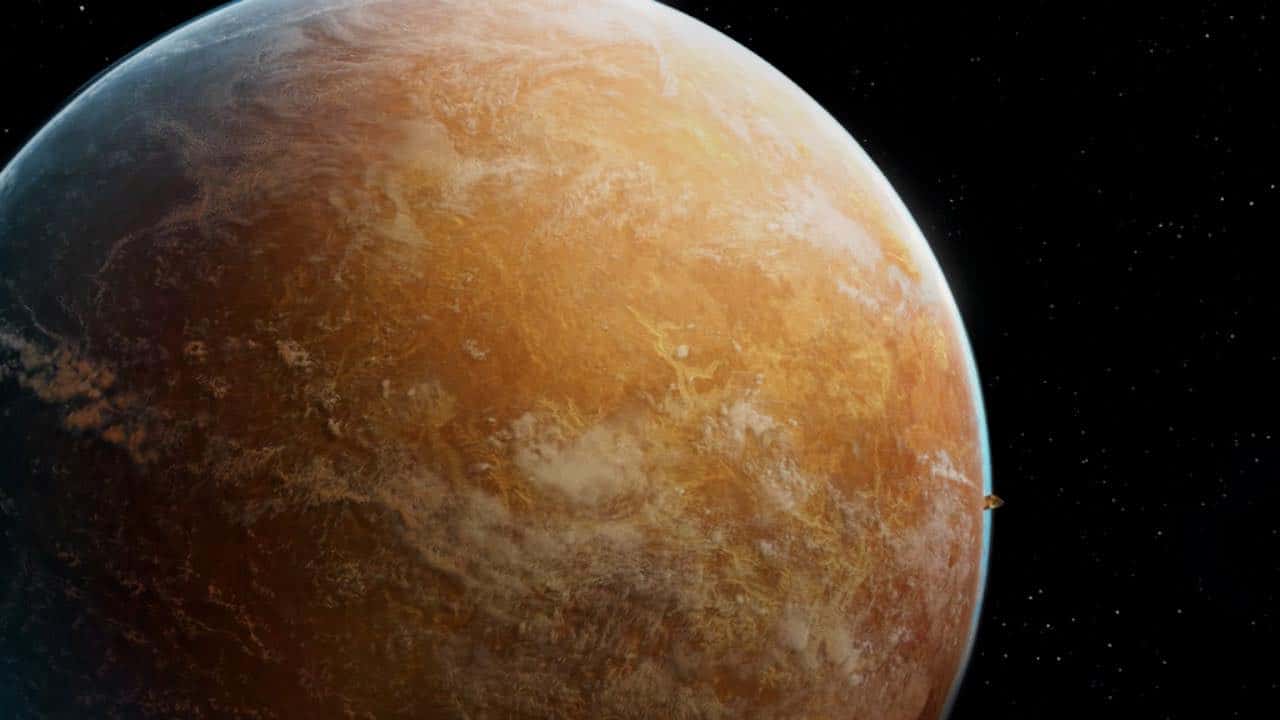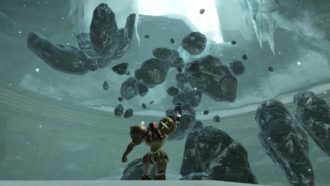Platform:
Nintendo Switch
Released:
February 8, 2023
Publisher:
Nintendo
Developer:
Retro Studios
Metroid Prime Remastered was recently shadow-dropped at a February Nintendo Direct to a great surprise. It was a momentous, majestic moment that can only occur for a game as prestige as the long-awaited re-release of a Nintendo and Retro Studios title that spawned a genre revitalisation. Finally getting to the game myself in this new form, I now too understand and am utterly captivated by Metroid Prime’s magic.
Metroid Prime is the first 3D game in the series, released on GameCube in 2002. After receiving a distress signal, Samus Aran is taken to the planet known as Tallon IV. Quickly following that, Prime does an excellent job of pulling the player in. Aside from isolated cutscenes often playing before boss encounters, it’s up to you to pick up the pieces. Environmental storytelling and atmosphere is the name of the game, something the franchise is still legendary for doing to this day.
Tallon IV was home to the alien-bird race known as the Chozo five decades prior. Insights into their civilisation and lifestyle are presented to the player through the environment. You’ll see temples and ruins overrun by alien fauna and overgrown flora. Whether it’s the fiery underground of the Magmoor Caverns or the cruel industrial facility that meets the earth of the Phazon Mines, an unsettling and uninviting vibe remains throughout. Samus is infiltrating this place that was taken over so harshly by a variety of alien species that they are now home to. Who’s the invader now?
That feeling of being an invader is captured so well in Prime. In real-time, you and Samus are both trying to make sense of your surroundings. Initially, environments don’t quite make sense. You must chart the map, unlocking upgrades such as the Morph Ball to make your way through tight crawl spaces. A double jump (and later a grapple beam) can be used to reach high and far distances. Slowly but surely, the layout of Tallon IV begins to form in your brain as your zips back and forth through the world become more efficient.
Your primary goal in Metroid Prime is to master the environment as you hunt for the aforementioned suit upgrades, defeat bosses and collect Chozo Artifacts. The latter of the bunch is the final piece of the puzzle and will be what drives you towards your conclusion. Naturally, you will have to revisit places you’ve been to before, something I’m not normally fond of in games. If you ask me to backtrack, you’d often find me groaning as I start the return. In Prime, however, developer Retro Studios know how to squeeze all the juices out of an environment. Every room and finite detail has a purpose. Backtracking never feels like a chore as you’re almost always unearthing something new. It doesn’t even ruin the pacing; new encounters will pop up in the rooms you once thought were cleared out, spicing up the challenge and fun.

Another means of learning about the lore and world of Tallon IV is through the game’s scanning system. At any time Samus can scan an object or creature, suspending the gameplay and then gathering a data log of information on the subject. Not only does this add towards your final completion percentage for Metroid Prime, but also offers insight into the potential weaknesses of foes and how they came to be here. Similarly, old writings on walls provide lore to the Chozo while entry points on computers and terminals will fill you in on the history of the space pirates.
Despite having next to no voiced lines, the world of Metroid Prime is entirely fleshed out with these features. Complimenting this eerie wonder is the synth-heavy soundtrack, mixed with pianos, drums and other various arrangements. It’s still some of the best music and sound design we’ve seen to date in games. That remains true whether it’s the floaty, alien feeling of the track Underwater Frigate, which plays while Samus is submerged in deep water, or the simple but effective ambience of technological sounds and sirens that come when you near an elevator.
“…Backtracking never feels like a chore as you’re almost always unearthing something new.”
The very fact Metroid Prime managed to simultaneously be an excellent scan ’em up and first-person-shooter all in one was huge in 2002. It’s just as momentous today. Where other games of this era can feel dated in level design, Prime has aged like a fine wine. Tight corridors that players must jump and strafe around in, tackling foes in every direction while focusing on available exits are thrilling. Boss encounters require you to fully use the whole arena, always being aware of every angle, and the enemy’s attack pattern and often require the use of more than one ability to complete the fight.
How one works a combat arena, always remaining moving and only using x type of beam on y type of foe is a design choice we still see today. As someone entirely new to the Metroid series and as such limited on points of reference, it reminds me of the DOOM reboot series in this way. The more you play both Prime and Doom, the more you learn of quicker and more efficient ways of dispatching your enemies. Just another notch in Prime’s favour over DOOM is simply that it’s more accessible.
Metroid Prime has an auto-lock on enemies if you hold down the ZL button. Adding onto that player aid, a suite of options for how to play comes new with Metroid Prime Remastered. These are classic controls closest to that of a GameCube controller, Dual stick movement and aiming, gyro ‘pointer’ controls or a hybrid of the latter two. The other immensely notable change for Metroid Prime Remastered are the graphics, looking crisper than ever.
The game’s original release was already a visually engaging experience thanks to its captivating art style. With Metroid Prime Remastered, succinct detailing and fidelity are added on top of this, fleshing out the experience. In comparison to the original, texture detailing such as that of snow in the Phendrana Drifts looks more lifelike and like a biome that you’re actually wading through. The glow of a save point when you enter its room is exciting, warm, bright, yellow and inviting.
The same can be said for models in-game. There are fewer protruding jagged edges on enemies and, most crucially, on Samus’ suit. In cutscenes, you’ll see her suit quite literally glisten with realistic lighting reflections. This earlier version of Samus has never been in such high definition, something I’m not ashamed of being giddy and excited over. Perhaps one of my favourite visual touches in the game is whenever an explosion happens nearby and you get a brief flash of Samus’ face, reflected in her helmet’s visor. It’s delightfully immersive, reminding you once more of this hunk of armour you’re walking around in.
Metroid Prime Remastered goes above and beyond with its remastering in these details. The only time this lets up is in the small annoyances of using the various visors such as thermal or x-ray mode. In spite of the upgrade, I did still find myself squinting a little bit through this perspective mode. The juxtaposition of rich purples and oranges, along with the viewing of moving targets was harsh on the eyes from time to time. This is but one example of where perhaps this could’ve been improved more with a remake rather than remaster. Though at the end of the day that’s not what Retro Studios were going for here. Considering that, it’s not much of a fault of the product.

Already with little to no attachment to the franchise other than enjoying Samus as a character through osmosis, I was enchanted by Metroid Prime Remastered. It’s undeniably the best version yet to play and will even more so be a treat for returning players. In their hunt for 100% completion and the true ending, scanning everything in sight, extra unlocks can be earned for viewing pleasure in the main menu. These extras are tidbits such as the free ability to listen to a track or view models. When every single visual and auditory piece of Metroid Prime is already so iconic, this addition is very welcome inclusion for longtime fans.
9.5
Amazing
Positive:
- Incredible visual upgrades that results in Tallon IV being more realised than ever
- Engaging and juicy lore tidbits to find everywhere via scans
- Refined and smoother ways to engage with stellar FPS gameplay
- Still some of the best sound and soundtrack work to come out of games
- Fans will delight in going for the completionist route, unlocking models for viewing in the menu
Negative:
- One or two small factors that could've been improved had this been a remake instead
Metroid Prime Remastered is an already amazing game made almost a masterpiece by its shiny new upgrades. FPS combat is thrilling as you work arenas and rooms to your advantage with your diverse arsenal and suit upgrades. Traversing all of the many environments throughout is just as enriching. That remains true whether that’s hunting through the environment, rolling in morph ball mode through small spaces in puzzle fashion, or taking in gorgeous views. All of the detailing and fidelity is improved exponentially, proving to be one of the most gargantuan efforts of a remaster. All that could still use additional touching up are tiny, relatively insignificant functions. A thoroughly enjoyable time is ahead of you, uncovering more and more secrets and oh-so-sweet lore. Metroid Prime Remastered is one for the books and how remasters should be moving forward.











